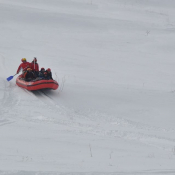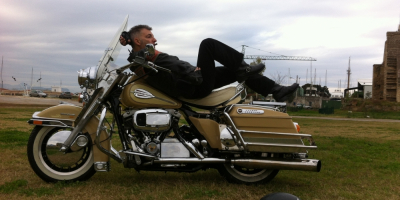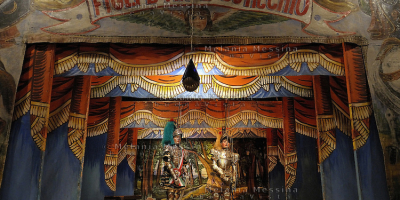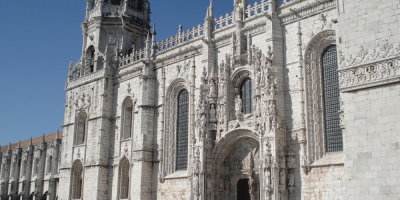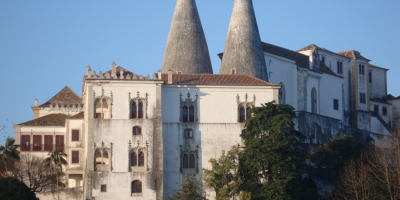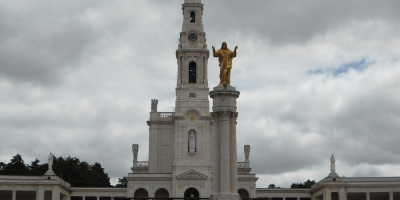
Come to celebrate Carnival like a local in Slovakia or Hungary
If you travel to Slovakia or Hungary during the Carnival season, here are some tips for how to celebrate and enjoy this season like a local.
Fašiangy in Slovakia
As elsewhere, the Carnival season in Slovakia lasts from Epiphany in January until Ash Wednesday. Carnival in here is known as Fašiangy, which comes from the German “vast-schane” meaning something similar to “the last drink”. It symbolised the last occasion to enjoy eating and drinking in abundance before a strict fast for 40 days of Lent, the Christian fasting period that ends with Easter.

Winter Rafting
New extreme tourism activity, new not only for Armenia, but also to the whole world! How did it start? On February 2019 we have been invited to... Read more
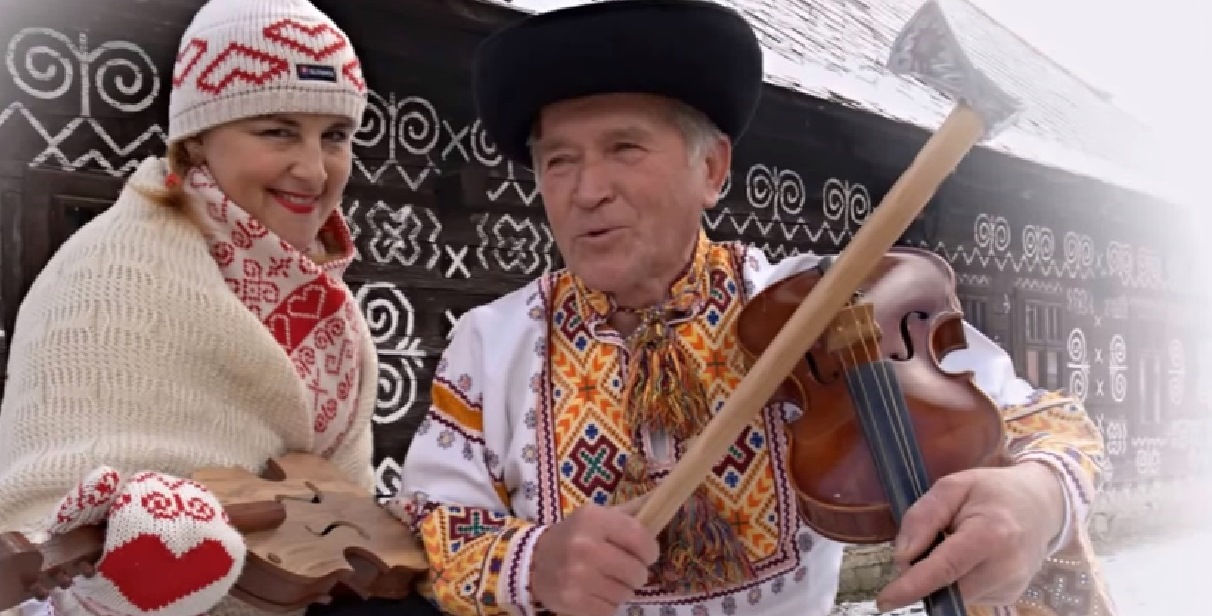
Visiting rural areas of Slovakia might still give you an opportunity to observe some of the typical Fašiangy cultural traditions and customs. If you want to experience traditional Fašiangy celebrations, you should visit Čičmany in the north-west of the country, the open-air museum of traditional Slovak rural architecture. There, you can become part of colorful and vivid celebrations which replicate the Fašiangy festivities of the past. Nevertheless, many of historic folk traditions have transformed into the modern customs that can still be found even in the biggest Slovak cities.
Here’s what you’ll need to know if you want to enjoy it.
Processions in the streets
Most places in Slovakia hold some sort of a Carnival procession during the last four days of the Carnival season. During the Carnival procession, everyone dresses in costumes, masks or traditional Slovak folk embroidery. Masks are often scary or animal-like. Among the traditional masks, there is always “turoň” – a bull-like creature with bells hanging from its long horns and a large opening mouth.
These processions can be a funny and a unique way to interact with the locals. To get a more authentic Slovak Carnival feel you’ll need to head away from the metropolis of Bratislava and visit smaller towns and villages.
Masquerade balls and folk dancing
Masquerade Balls are eagerly anticipated events, where you see ladies dressed up in floor-length gowns and the men wearing suits. Attendees are very often encouraged to don a mask.
Folk dancing is popular during any time of year in Slovakia, especially during the Carnival season. Visiting smaller towns or villages during the weekend before Carnival, you will encounter groups of dancers in the streets and can also observe special Carnival performances in the local community centers.
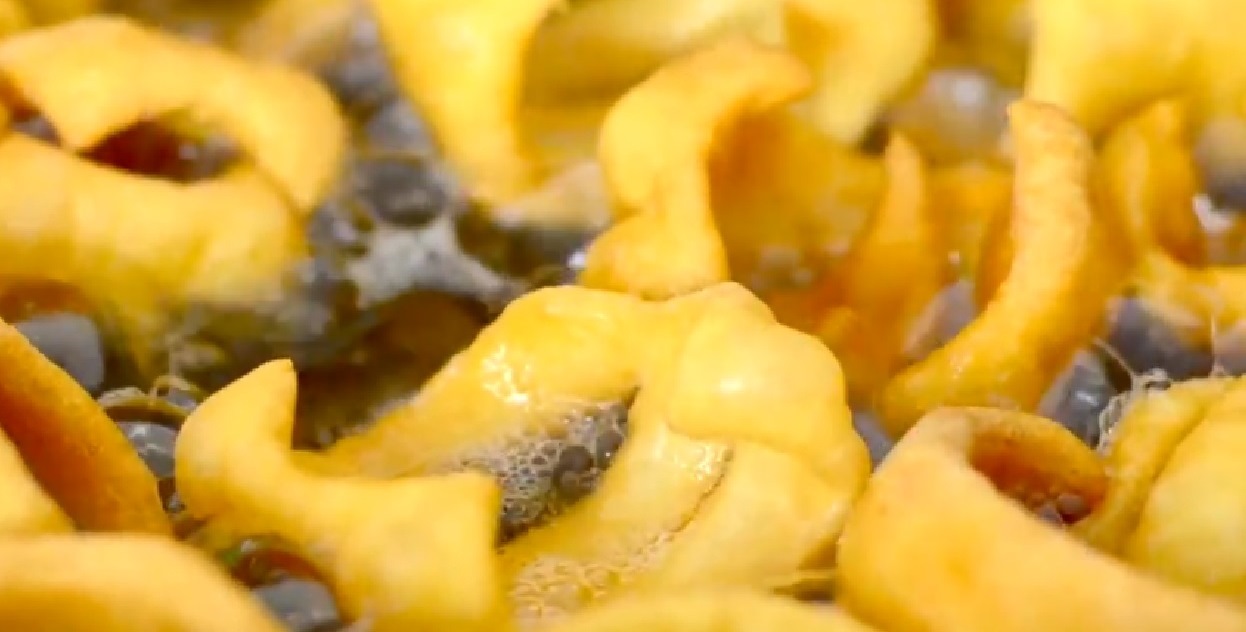
Fašiangy foods
Slovaks always drank alcoholic beverages at any social occasions, and during carnival time, they filled their glasses over and over with an epic plum brandy (slivovica), wine or beer. In homes, women made bravčová huspenina (a pork jelly) and bake záviny (strudel), fry fánky (light, fried pastries) and šišky (filled pastries, also called panpušky).
You’ll find many other donuts, strudels and fried cakes on offer in bakeries and restaurants during this period.
The pig slaughter
The pig slaughter is a typical Carnival tradition in small towns and villages of Slovakia. It is a good opportunity to bring communities together, as the men work to kill and clean the pig and then the women assist with preparing products made from the pig such as sausages and smoked meat. To attend a pig slaughter, which is not a sad event at all and instead feels a lot like a local neighborhood party would be an unforgettable experience for you.
Hungarian Farsang
What is Farsang? Farsang has always held a significant role in the Hungarian culture. The celebrations last over a month and were once typified by numerous grand feasts and copious drinking. Nowadays, it’s not quite the grand occasion it once was, nevertheless there are still a number of events to get involved with.
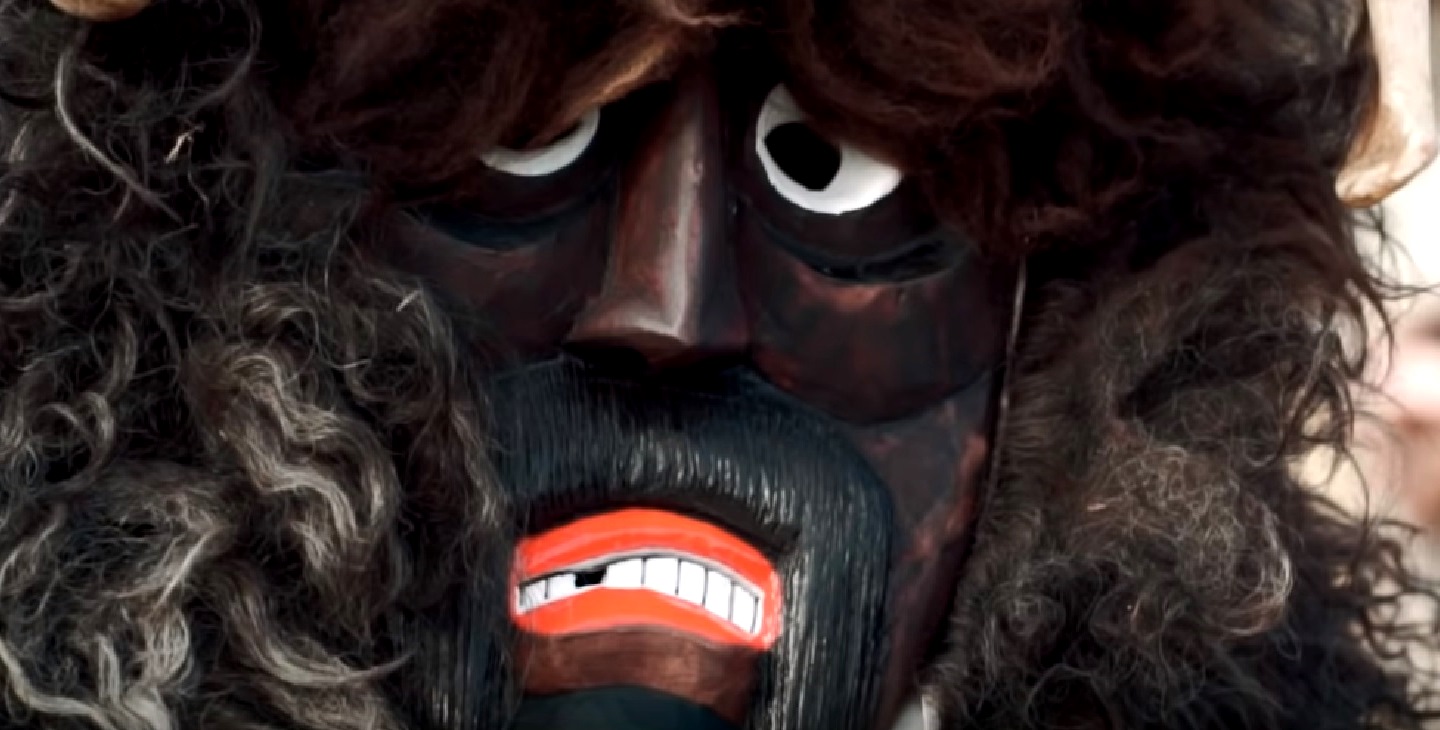
Here’s what you’ll need to know if you want to enjoy it.
Carnival parties
A number of parties are hosted throughout the Carnival season to get people warmed up and ready for spring. Historically, it was a period of no-rules, nowadays things are a little more controlled and orderly. But that doesn’t stop the major towns and cities from hosting their own Farsang parties. In the biggest cities, you’ll find numerous events taking place at the hottest clubs. The parties typically come with costume themes.
Busójárás in Mohács
It is perhaps the most unique tradition of the Farsang season. Busójárás is represented by series of events hosted in Mohács – a town close to the Croatian border – intended to scare away the demons of the winter. It’s so original that it’s registered by UNESCO as an intangible cultural heritage.
There are a number of key points to the festivities, the most recognisable is the Busó – men who dress up in large woollen coats and painted wooden masks and arrive on rowboats on the river.
During Carnival season there are mask-making events, competitions for children’s costumes and numerous stalls selling food and drink.

Torkos Csütörtök
Hungarians, instead of celebrating the Fat Tuesday, celebrate Torkos Csütörtök – a day for consuming excess amounts of food. Traditionally this was the Thursday before Lent but nowadays it’s more commonly celebrated the day after Ash Wednesday. Many Hungarian cities have a number of restaurants taking part in the annual event, offering half-price meals and giving everyone the chance to stuff their faces in the name of the celebration.
Farsang foods
In addition to meats and vegetables eaten during Farsang, there is a Farsang-exclusive sweet treats, a fried cake, called Szalagos Farsangi Fánk (Ribboned Carnival Doughnuts).
The hole of the doughnut is pressed in before it’s cooked, then filled with cream or apricot jam and dusted with icing sugar. Those are delicious treats that are ideal to enjoy in winter. There’s even a festival at the start of February devoted to Farsang Doughnuts, so there’s no excuse to miss out.
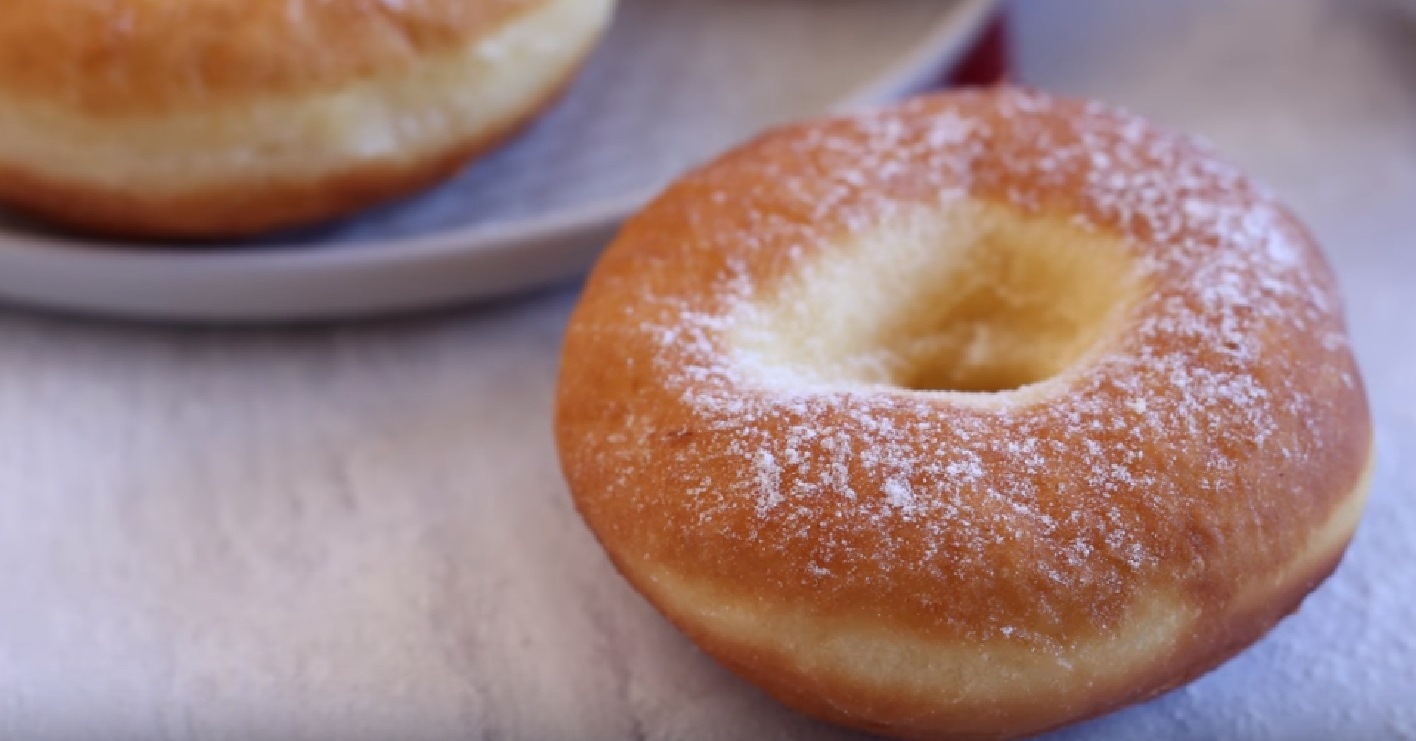
Now, it’s time to come and experience it first hand?
More photos




